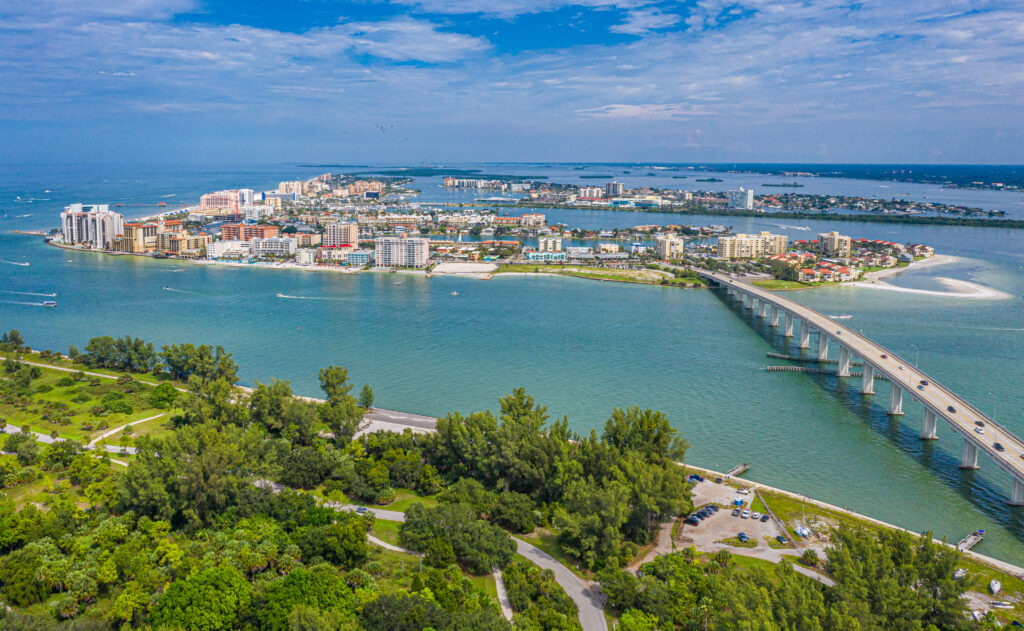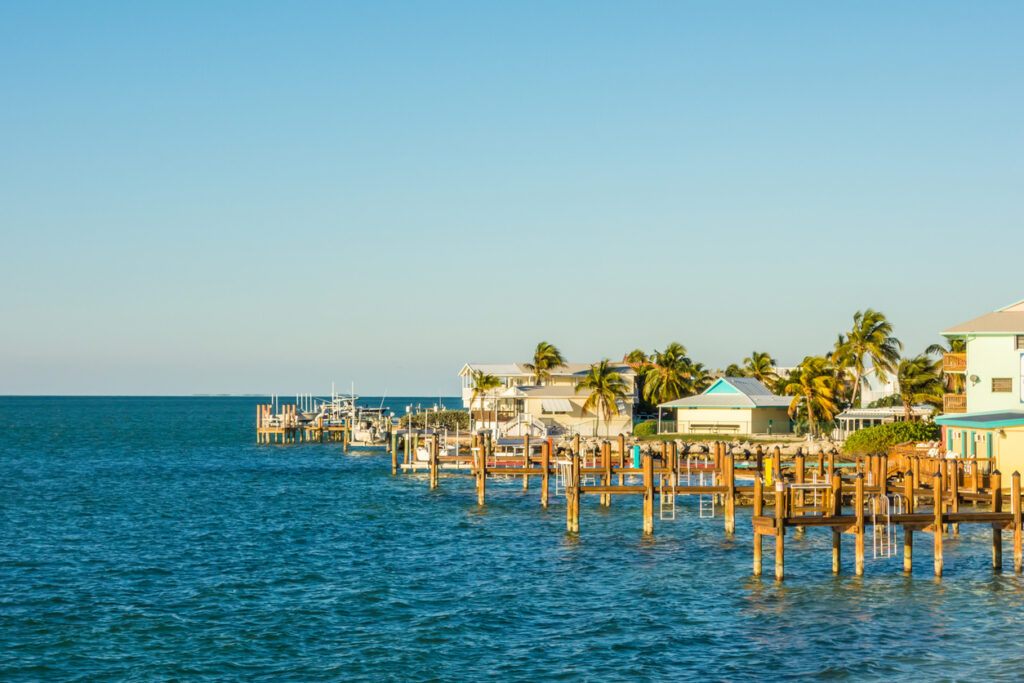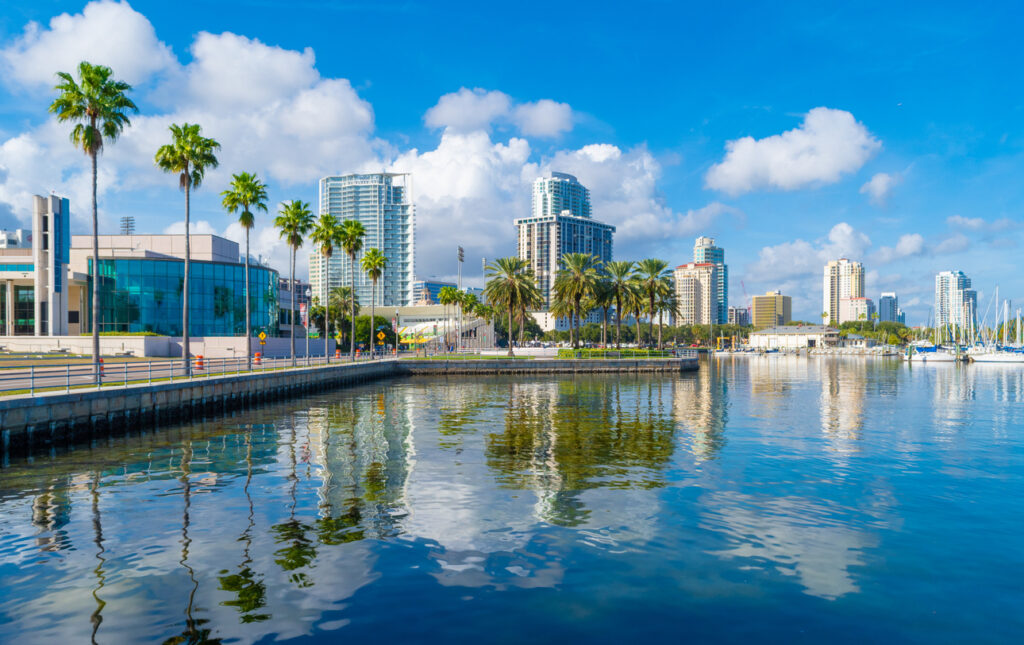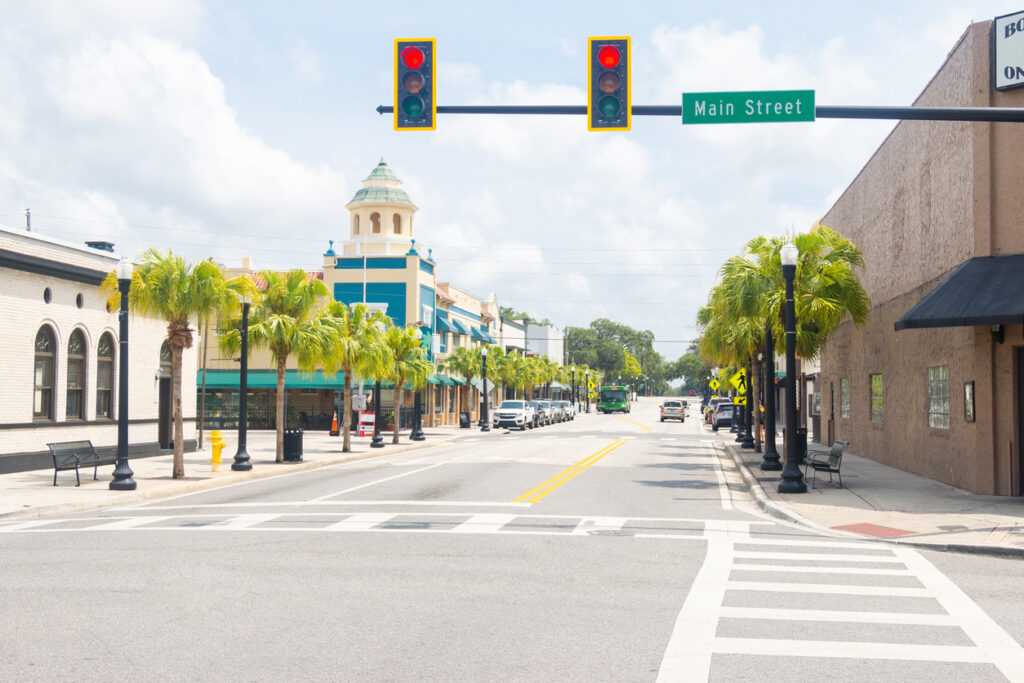2024 Water Quality Reports for Clearwater, Largo, New Port Richey & St. Petersburg
Clean water is essential for every household across Florida’s Gulf Coast, but the quality of your tap water can vary depending on where you live. Each city is responsible for publishing an annual Consumer Confidence Report (CCR), also known as a water quality report, that explains what’s in your water and how it measures against state and federal standards. By reviewing these reports, residents can better understand common concerns like hardness, chlorine, disinfection byproducts, and PFAS detections.
This page gathers the latest water quality reports for Clearwater, Largo, New Port Richey, and St. Petersburg, giving you a simple way to compare results and identify issues that may affect your home. From high mineral content and scale buildup to potential contaminant violations, each report provides insight into local tap water conditions.
Explore the summaries below and click through to read the full reports for each city.
Clearwater Water Quality Report
Common Water Issues for Clearwater Residents

Clearwater’s water supply is drawn from both groundwater and surface water sources, which introduces minerals and byproducts that can impact daily life. The 2024 report shows measurable hardness along with detections of disinfection byproducts and PFAS. While the city continues to meet most EPA standards, homeowners may still notice taste, odor, or scale buildup from minerals and chlorine.
Largo Water Quality Report
Key Findings in the 2024 Water Report

Largo receives its drinking water from Pinellas County Utilities, which blends water from regional groundwater and surface supplies. The most recent report highlights hardness levels, chlorine for disinfection, and occasional concerns with byproducts like TTHMs. While the city remains in compliance with state and federal standards, many residents explore water treatment options to improve taste and reduce buildup at home.
St. Petersburg Water Quality Report
Understanding St. Petersburg’s Tap Water Quality

St. Petersburg relies on a combination of surface water and groundwater supplies, which can lead to variable water quality. The city’s most recent report highlights chlorine use, disinfection byproducts, and ongoing hardness concerns. While the water meets regulatory requirements overall, residents often turn to water softeners or reverse osmosis systems to reduce minerals and improve taste.
New Port Richey Water Quality Report
Where New Port Richey’s Water Comes From

New Port Richey’s 2024 water report notes they have very hard water, elevated total dissolved solids, and a violation for disinfection byproducts (TTHMs). Copper levels were also slightly above the EPA action level at some sites, and multiple PFAS chemicals were detected above proposed limits. These findings show why many residents look for treatment solutions to safeguard both water quality and household plumbing.

Facebook